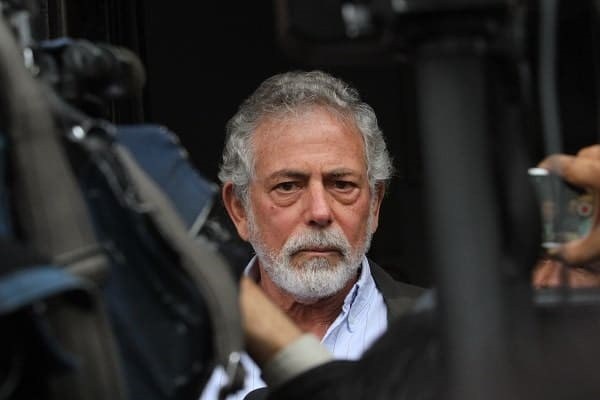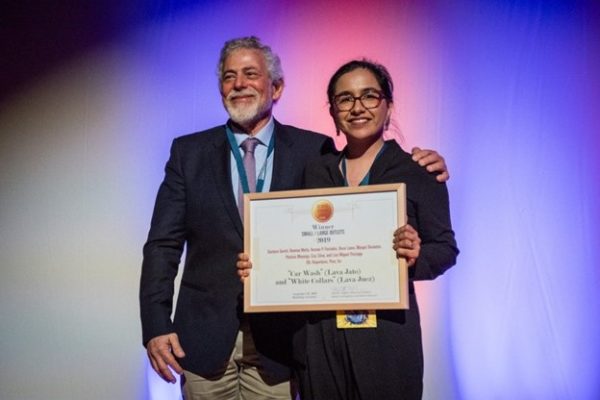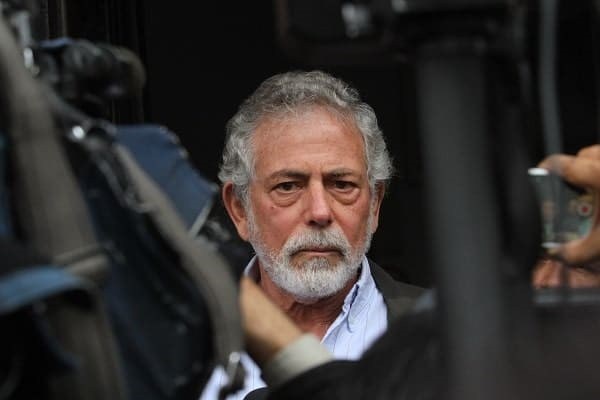IDL-Reporteros

Then, they would help create a network of newsrooms to reveal the full picture of Odebrecht corruption in Latin America.
By Santiago Villa* (Confidencial)
HAVANA TIMES – From toppled presidents, to a multitude of arrests, and billion-dollar fines, the Odebrecht corruption scandal shook Latin America to its core.
Across the region, parties from all sides of the political spectrum received campaign financing from the Brazilian construction firm, which in the decade between 2005 and 2014 won lucrative infrastructure contracts all the way from Mexico to Argentina.
But alongside the contracts came corruption. From a starting point in Brazil, where it emerged that a car wash had been used as a money laundering front, investigators began focusing on contracts signed by the construction goliath, and the scandal spread from capital to capital.
By 2016, the firm admitted to having paid “$788 million in bribes to government officials, their representatives, and political parties in a number of countries in order to win business,” according to the US Department of Justice, which criticized a “massive and unparalleled bribery and bid-rigging scheme.” The story would become one of the biggest corporate corruption cases in Latin American history.
“There was a crisis of investigative journalism because of the acute cuts to investigative units in newsrooms. …There was a need to create small nonprofit investigative units.” — IDL-Reporteros founder Gustavo Gorriti
Peru’s political establishment was among the hardest hit by the Odebrecht scandal — besides dozens of public officials, four of its former presidents have been investigated or are being prosecuted in relation to various revelations. One of those former presidents, Alan García, locked himself in his bedroom and killed himself with a gun when police showed up to arrest him.
Investigating the scandal from the get-go was a small, independent Peruvian news outlet called IDL-Reporteros (IDL-R). Reporters there initially published their investigation as a local exposé about one of the main infrastructure contractors of Peru’s government. Later, they would help create a network of newsrooms aimed at uncovering the complete picture of Odebrecht corruption across Latin America, and would go on to receive GIJN’s Global Shining Light Award for spearheading bold and innovative investigations on the subject.

Retribution for Reporting the Truth
Today, IDL-R — a GIJN member organization — and its founder, Gustavo Gorriti, are battling an intimidation campaign, which they say has come about in retaliation for their relentless investigations on the Odebrecht story.
“Since IDL-R began we’ve faced many hostile reactions,” said Gorriti, a veteran investigative reporter and a recipient of the Committee to Protect Journalists’ International Press Freedom Award. But the latest assault, he says, has been carefully planned using destructive disinformation tactics, and “is an attack designed to totally discredit IDL-R… and so turn investigative reporting into a crime.”
“If corruption was transnational, we believed investigative journalism should also be transnational, to build in-depth coverage from each of our countries. So we created a virtual newsroom in which we all shared information.” — IDL-Reporteros Managing Editor Romina Mella
While the smear campaign has seen the outlet come under attack on various fronts, in March, the attacks escalated even further. That’s when the Attorney General’s office opened an investigation into Gorriti and some of the prosecutors who have worked on the Odebrecht money laundering and corruption investigations. It also ordered him to surrender his phone, and said it will request all messaging platforms to give them access to his communications. Gorriti now faces charges in two separate cases. In one, he is accused of conspiring with anti-corruption prosecutors related to the Lava Jato case. In a second case, there is an allegation by Fujimori’s party, still under preliminary investigation, that his reporting was responsible for inducing García’s suicide.
Willax Television — a Peruvian right-wing, Fox News-style news channel — has given extensive coverage to the claims against Gorriti. The channel is close to the Fuerza Popular party, whose leader, Keiko Fujumori, has been accused of receiving illicit campaign contributions from Odebrecht during two previous bids for Peru’s presidency. Fujimori’s trial for those allegations, which she denies, will begin in July, but the case is turning up the heat on IDL-R.
Gorriti has also been a victim of a social media disinformation campaign regarding a cancer diagnosis, physical harassment, and far-right protesters have surrounded and thrown trash at IDL-R’s headquarters.
“Although the accusations are remarkable for their stupidity, they’re set up as long-term multifaceted attacks that create a perception of wrongdoing because of their persistence and repetition,” Gorriti explains. “This attack has been the worst, the one that has mobilized the most resources, and been the longest lasting.”
The situation — and especially the threat of legal action against Gorriti — has sparked an outcry within the press. Last year, the Inter-American Court of Human Rights (IACHR) urged the Peruvian state to take measures to protect Gorriti, whose “rights were under risk of irreparable damage.” In early 2024, more than 80 journalists from across Latin America and the US expressed their support for IDL-R and Gorriti, in a letter also signed by GIJN Executive Director Emilia Díaz-Struck. In March, the US National Press Club and the National Press Club Journalism Institute led 10 journalism organizations and freedom of expression groups in a joint statement of support, which labeled the threat of legal action “a blatant attempt to muzzle one of Latin America’s best investigative reporters.”
“[Gorriti] is a hero to me and many other journalists,” said Marcela Turati, co-founder of Mexico’s Quinto Elemento Lab. “Each time the insidious campaigns against him begin because of his work, I always know they want to make him pay a high cost for doing investigative journalism.”
Filling a Vacuum Through Investigative Innovation
Gorriti is no novice to the d


